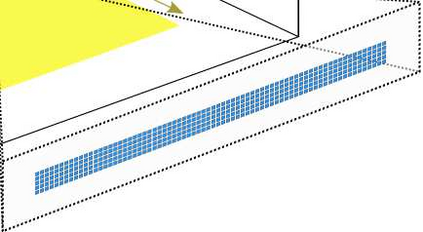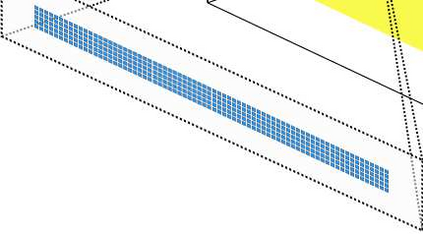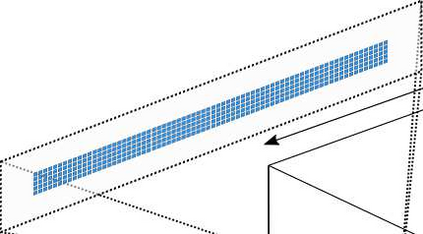In this paper we propose a novel framework that aims to jointly design the reflection coefficients of multiple reconfigurable intelligent surfaces (RISs) and the precoding strategy of a single base station (BS) to optimize the tracking of the position and the velocity of a single multi-antenna user equipment (UE). Differently from the literature, and to keep the overall complexity affordable, we assume that RIS optimization is performed less frequently than localization and precoding adaptation. The optimal RIS and precoder strategy is compared with the classical beam focusing strategy and that which maximizes the communication rate. It is shown that if the RISs are optimized for communication, the solution is suboptimal when used for tracking purposes. Numerical results show that it is possible to achieve the 6G positioning requirements in a typical indoor environment with only one BS and a few RISs operating at millimeter waves.
翻译:在本文中,我们提出了一个新颖的框架,目的是共同设计多可重新配置的智能表面的反射系数和单一基地台(BS)的预编码战略,以优化跟踪单一多antenna用户设备的位置和速度。与文献不同,为了保持总体复杂程度,我们假设RIS优化的进行频率低于本地化和预编码适应。最佳的RIS和预编码战略与传统光束聚焦战略和最大限度地提高通信率的战略进行了比较。它表明,如果对通信进行优化,当用于跟踪目的时,解决方案是不最理想的。数字结果显示,有可能在典型的室内环境中实现6G定位要求,只有1个BS和几个在毫米波上运行的RIS。









